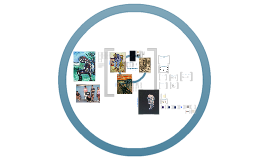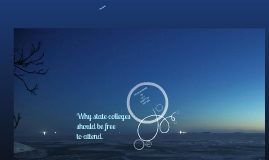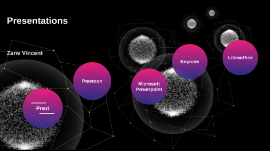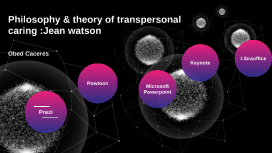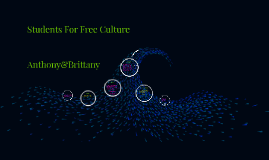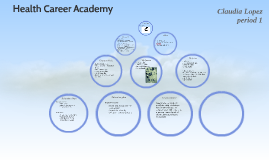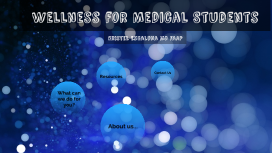Depression for Medical Students
Transcript: Phenomenology What is it like? Epidemiology risk factors for depression & suicide Etiology Genes and environment Diagnosis DSM-IV criteria for Major depressive episode and Depressive Disorder Pathophysiology Where and how in the brain Depression Diagnosis 3 Mental Status Examination Depression: What you need to learn Depression: Epidemiology 3 Risk Factors Major Depressive Disorder (Single or Recurrent) Dysthymia Bipolar Disorder-depressed Depressive Disorder Due to Medical Condition Substance-induced Depressive Disorder Adjustment Disorder with Depressed Mood Depressive Disorder NOS Self Rating Scales Anatomy of Melancholy Depression Diagnosis 2 SIG: E. CAPS Pervasive, sustained feeling tone Internal experience Influences behavior and perception Like the “climate” Depression: Diagnosis 1 MDD – highest lifetime prevalence of any psychiatric disorder = 16.9% (National Comorbidity Survey) Females 20.2% Males 13.2% Cohort (generations) 18-29 16% 30-44 19.3% 45-59 20.1% 60+ 10.7% MDD – yearly incidence = 1.6% If a transmitter depolarizes the post-synaptic neuron, it is said to be excitatory If a transmitter hyperpolarizes the post-synaptic neuron, it is said to be inhibitory Whether a transmitter is excitatory or inhibitory depends on its receptor Ten leading causes of burden of disease, world, 2004 and 2030 Melancholy by Edward Munch, 1891 Nearly all depressed patients have considerable anxiety Anxiety may lead patients to suicide Patients may drink to calm anxiety Important to treat anxiety Comorbid anxiety disorders common (i.e. social phobia, panic) The Noradrenaline Pathways Types of Depressive Disorders Neurotransmitters Norepinephrine, Serotonin, Dopamine Second messengers Hormonal regulation HPA, Thyroid, GH, Prolactin Immunological disturbances Quote from a patient: “Depression is the worst of all diseases because when you are sick you want to get better; but when you are depressed you want to die…” Epidemiology Origins: Substancia Nigra “Probably more unpleasant than any physical disease except rabies” “There is constant mental pain” Physicians often shy away because it is so difficult to be with these patient’s feelings. Depressed patients make us feel helpless. Post partum depression versus “Baby Blues” DALYs Erick Messias, MD, PhD Phenomenology Excitatory and inhibitory neurotransmitters Differential Diagnosis Origins: Locus Ceruleus Carcinoid tumors Carcinomas (pancreas) Cerebrovascular disease (stroke) Collagen-vascular disease Endocrinopathies (thyroid, adrenal) Cardiac disease (common post MI) Pernicious anemia Neurological – stroke, brain injury, Parkinson’s Disease Grief and Bereavement Depression may be caused by medical treatments Beck Depression Inventory 1 and 2 PHQ 2/9 % Ischaemic heart disease 12.2 Cerebrovascular disease 9.7 Lower respiratory infections 7.1 COPD 5.1 Diarrhoeal diseases 3.7 HIV/AIDS 3.5 Tuberculosis 2.5 Trachea, bronchus, lung cancers 2.3 Road traffic accidents 2.2 Prematurity, low birth weight 2.0 Don’t MISS the DEPRESSION if the patient has physical complaints and/or medical illness Don’t MISS the Medical problems if the patient complaint is DEPRESSION Defining terms 1: Mood vs. Affect Depression: Epidemiology 1 Depression Depression and Medical Comorbidities Hamilton Rating Scale for Depression HAM-D Montgomery-Asberg Depression Rating Scale MADRS What for? For the test For your clerkship For your practice (whatever specialty) For your career in psychiatry For life External expression of mood Observed Like the “weather” Quote from Darkness Visible Appearance – posture, psychomotor retardation, tearfulness, hand wringing Mood- 50% deny depressed mood Speech – decreased rate & volume Delusions, Hallucinations –mood congruent Thoughts- negative, ruminations Memory- 50-75% impaired Insight / Judgment - impaired Antibiotics Antihypertensives Benzodiazepines Barbiturates Corticosteroids Chemotherapeutic agents Cimetidine Interferon Opioid Analgesics Monoamines: Overlapping Functions “Bad Mood” Sadness Grief Demoralization Depressed The Serotonin Pathways Goya’s Dark Paintings 5 or more for at least 2 weeks Essential Symptoms 1. Depressed mood 2. Anhedonia Physical Symptoms (VEGETATIVE SX) 3. Changes in sleep 4. Change in appetite or weight 5. Fatigue 6. Change in psychomotor activity Psychological symptoms 7. Feelings of guilt, worthlessness, hopelessness 8. Difficulty in thinking, concentrating, or making decisions 9. Recurrent thoughts of death and/or suicidal plans or attempts Adapted from DSM-IV History and FH Are there symptoms of a medical condition (cold intolerance, neuro changes?, etc) Medical conditions may mimic some symptoms of depression (energy, weight) Late onset more suggestive of medical cause Check Medication list Thyroid testing, B12 level Urine drug screen Brain imaging? Depression With psychotic features Delusions & Hallucination With catatonic features Mutism, immobility or motor overactivity, posturing, echolalia With Atypical features Increase






